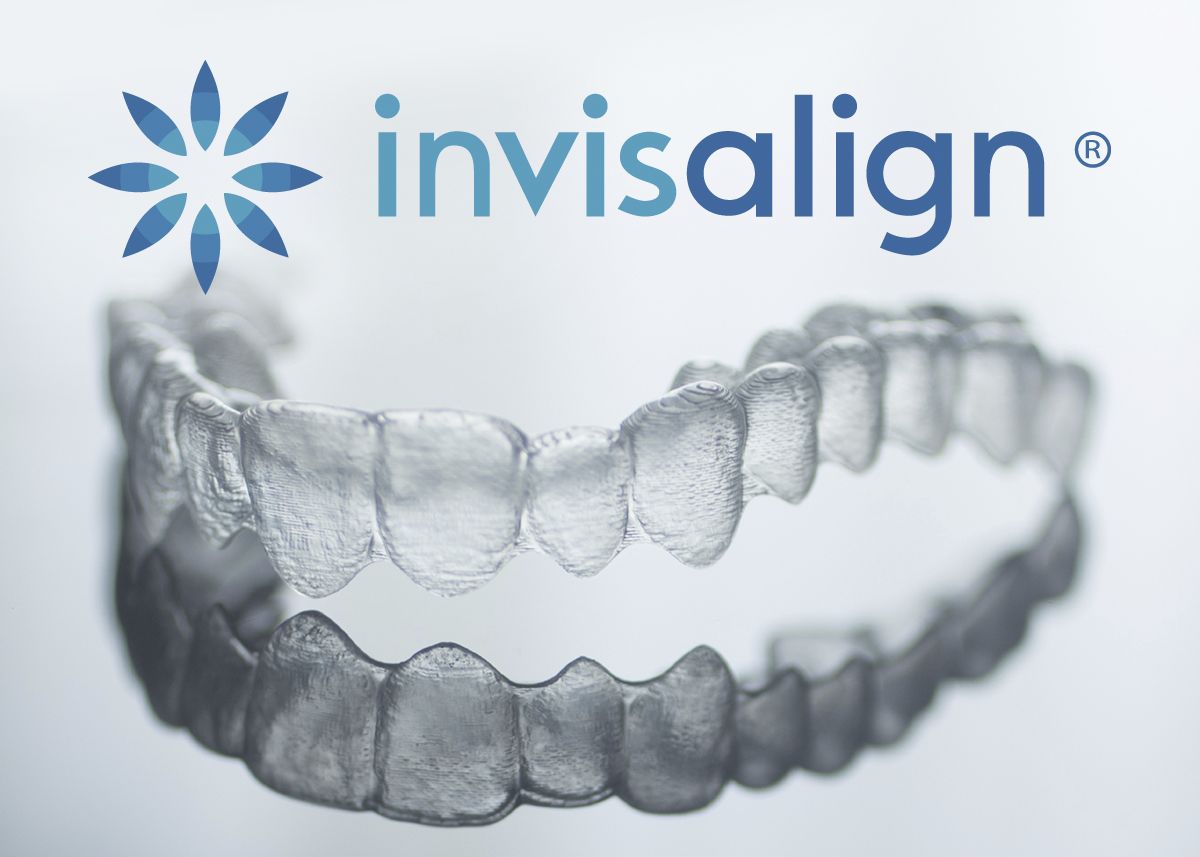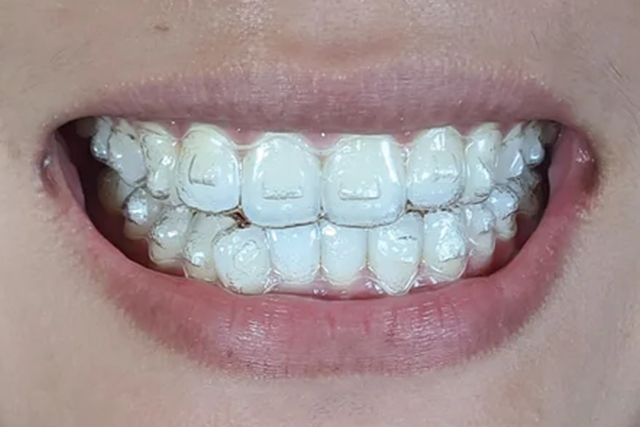The Cost of Invisalign: Recognizing the Investment in Your Smile
The Cost of Invisalign: Recognizing the Investment in Your Smile
Blog Article
Invisalign vs. Typical Dental braces: Which Choice Is Right for You?
When taking into consideration orthodontic treatment, the option between Invisalign and conventional dental braces offers a number of crucial elements that warrant mindful examination. Invisalign provides a very discreet alternative with detachable aligners, while standard dental braces give an extra noticeable yet effective remedy for extreme misalignment. Each option includes unique benefits and disadvantages associated with aesthetics, comfort, therapy duration, and cost. Understanding these nuances is vital for making an educated choice that straightens with your individual choices and lifestyle. The concern remains: which choice will finest meet your orthodontic demands and assumptions?
Review of Treatment Alternatives

In contrast, traditional dental braces include metal braces and cords that are adhered to the teeth. This technique applies constant pressure with time to achieve placement. While reliable for intricate orthodontic problems, standard dental braces need routine check outs for modifications and can present challenges in keeping oral health because of the problem of cleaning up around brackets and wires.
Both alternatives have their values, and the selection usually rests on specific dental problems, way of life preferences, and person conformity. Ultimately, consulting an orthodontic specialist is important for determining one of the most suitable therapy strategy tailored to specific demands. Comprehending the subtleties of each alternative can substantially affect the overall success of orthodontic therapy.
Aesthetic Factors To Consider
A substantial variable influencing the choice between Invisalign and conventional braces is the aesthetic appeal each treatment provides. Invisalign aligners are crafted from clear plastic, making them essentially unseen when worn. This very discreet appearance is particularly attracting adults and young adults that might really feel awkward regarding their orthodontic treatment. The ability to maintain an all-natural smile throughout the positioning process can considerably improve the person's confidence in social and expert settings.
In comparison, typical dental braces include metal braces and cords, which can be a lot more noticeable. While advancements in orthodontic technology have actually led to the advancement of smaller braces and tinted elastics, traditional dental braces still maintain a more obvious account. For some people, the visibility of dental braces may deter them from looking for required therapy.
Ultimately, the choice in between Invisalign and standard braces may rest on personal preferences pertaining to appearances. Individuals that prioritize discretion commonly lean towards Invisalign, while those that are much less concerned concerning exposure may select traditional dental braces. Recognizing the visual ramifications of each choice is critical for making a notified choice that lines up with one's way of living and choices.
Comfort and Convenience

In terms of benefit, Invisalign aligners are detachable, enabling patients to enjoy their preferred foods without constraint and preserve optimum dental health. Cleaning and flossing are simplified, as the aligners can be taken out during these regimens, whereas typical braces need mindful maneuvering around wires and braces.
In contrast, typical dental braces necessitate regular modifications, making them less convenient for those with active routines. On the whole, the comfort and comfort of Invisalign make it an enticing selection for several sites people seeking orthodontic treatment.
Treatment Duration and Efficiency
While both Invisalign and traditional dental braces work in dealing with oral imbalances, the period of treatment can vary significantly between both choices. Generally, Invisalign treatment can take anywhere from 12 to 18 months, depending on the intricacy of the situation. The clear aligners function by gradually moving teeth right into their wanted settings, and regular follow-ups with an orthodontist assistance guarantee progression continues to be on the right track.
On the other hand, standard dental braces frequently need a longer commitment, typically ranging from 18 months to 3 years. This results from their set nature and the usage of cables and braces, which can be more reliable for extreme imbalances and complex situations (Invisalign). The therapy effectiveness of typical dental braces is well-documented, as they enable exact changes and greater control over tooth movement
Ultimately, the choice in between Invisalign and typical dental braces may pivot on both the anticipated treatment period and the details dental concerns at hand. Consulting with an orthodontist is crucial, as they can offer tailored recommendations based on private demands, making sure the chosen technique lines up with preferred outcomes and timeframes.
Cost Comparison and Insurance Coverage Alternatives
Price plays a significant duty in the decision-making procedure for individuals taking into consideration orthodontic treatment, whether choosing Invisalign or traditional braces. Generally, the expense of Invisalign ranges from $3,000 to $8,000, while standard dental braces typically set you back between $2,000 and $6,000. Variables influencing these costs include the intricacy of the situation, the duration of treatment, and geographical area.
Insurance policy insurance coverage can considerably influence out-of-pocket expenses. Many oral insurance strategies offer partial coverage for orthodontic treatments, but the specifics can differ extensively. It is critical for patients to examine their insurance plan to establish the extent of protection for either alternative. Generally, traditional dental braces might be much more regularly covered by insurance coverage plans compared to Invisalign, which some insurance companies classify as a cosmetic treatment.
Furthermore, several orthodontic practices provide flexible layaway plan, making both therapy choices much more easily accessible. Individuals should ask about prospective financing choices and discounts for upfront settlements. Reviewing the total price, including insurance coverage benefits and settlement strategies, is necessary for making a notified choice that aligns with both aesthetic choices and spending plan considerations.

Verdict
In summary, the option between Invisalign and standard dental braces pivots on multiple factors, including visual choices, convenience, therapy duration, and expense. Invisalign uses a very discreet, detachable alternative that assists in dental health and nutritional flexibility, while traditional dental braces might be preferable for intricate dental concerns and often come with a lower rate factor. Ultimately, appointment with an orthodontist is important to assess specific conditions and figure out one of the most suitable therapy alternative for achieving optimum dental alignment.
When thinking about orthodontic treatment, the option in between Invisalign and traditional braces provides numerous essential elements that warrant mindful evaluation.Contrasting Invisalign and conventional braces discloses distinct therapy options for orthodontic correction.While both Invisalign and standard dental braces are efficient in fixing oral misalignments, the period of treatment can vary considerably see this website in between the 2 alternatives.Cost plays a considerable function in the decision-making procedure for individuals taking into consideration orthodontic therapy, whether choosing for Invisalign or standard braces.In browse around this site summary, the selection in between Invisalign and traditional dental braces hinges on several elements, consisting of aesthetic choices, comfort, treatment duration, and price.
Report this page